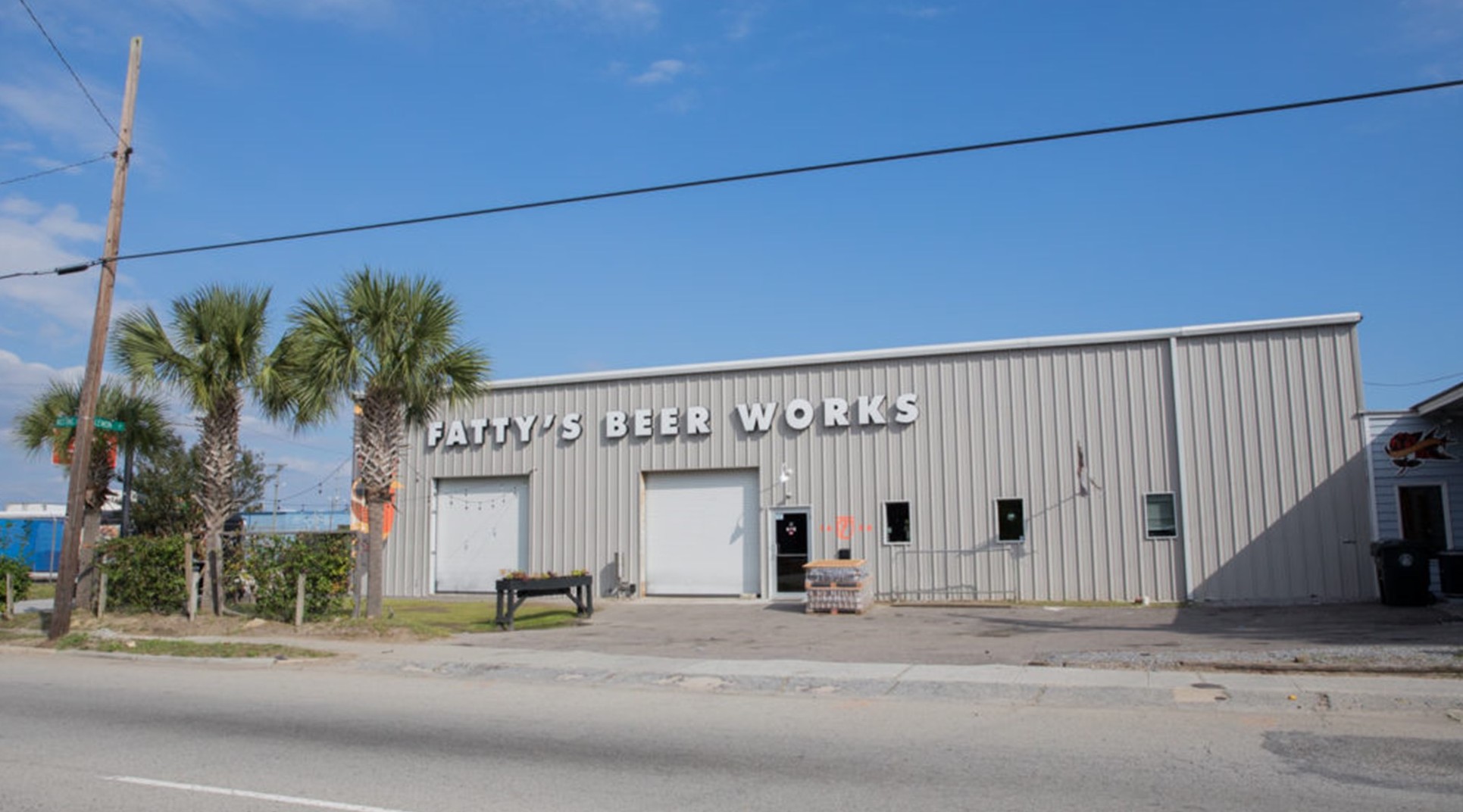The Origins of a "Brewery District"
Here is an astonishing stat: between 1985 and 2015, the number of craft breweries nationwide jumped from 27 to 4,225. The craft beer revolution has clearly made a meteoric ascent, and the formation of “brewery districts” is the main driver.
This revolution, like many other urban economic phenomena, is highly clustered. And these clusters have historically taken shape in places that have been subject to disinvestment and deindustrialization. Depressed, formerly industrial areas with an awkward collection of teetering metal warehouses might sound unappealing to some. But breweries can fill this underserved space like a hand in a glove. Here are a few reasons why:
Due the high equipment costs of starting a brewery operation, real estate needs to be affordable, so older warehouses fit the bill. The exterior may be bland, but on the inside, the massive shimmering steel tanks that hold the fermenting golden liquid indicate a more flavorful experience.


NoMo Embodies This Narrative
Revelry: First on the Scene
Revelry Brewing was the among the first to gain notoriety in the area, opening its operations in 2014 and quickly becoming a fixture in the community. They are now more popular than ever, serving a rotation of traditional and experimental brews to hoards of thirsty NoMo-ites.
“We wanted to be an anchor for NoMo,” said Revelry owner Ryan Coker. “Now, we are considering expansion, but definitely not moving out of here”
NoMo’s revival was fully underway, but the success of Revelry gave it a giant boost.


The Growth That Made It Happen
How did this group of breweries pop onto the scene with such force? Simple, GROWTH. The area known as NoMo has exploded in the past decade, with dozens of high profile commercial projects bringing bedrooms, office suites, and commerce to the neighborhood. The Morris, Charleston Tech Center, Morrison Yard, The Refinery, Corman, Atlantic Station, The Wonderer, Pacific Box + Crate, and The Quin are only a few of the multi-million dollar projects that have continued to transform the area.

And as the area blossomed, so did the number of people who imbibe. The mutually beneficial relationship between craft breweries and other commercial real estate development is pretty clear: people want to be near breweries, and breweries want to be near people.
Lindsay Nevin, president of Flyway Development, agrees with the sentiment.
“Quality food and beverage options are a must,” said Nevin. “Breweries have helped generate attention and will continue to be a good use for the area.”
Flyway developed The Refinery, a 38,000 SF office building on upper Meeting Street. This property is now 100% leased and its outdoor amphitheater hosts sold-out shows every weekend. Nevin concluded that this is just the beginning.
“The investment will continue, and the Upper Peninsula will absorb the vast majority of the density for Charleston proper in the next 10 years.”


